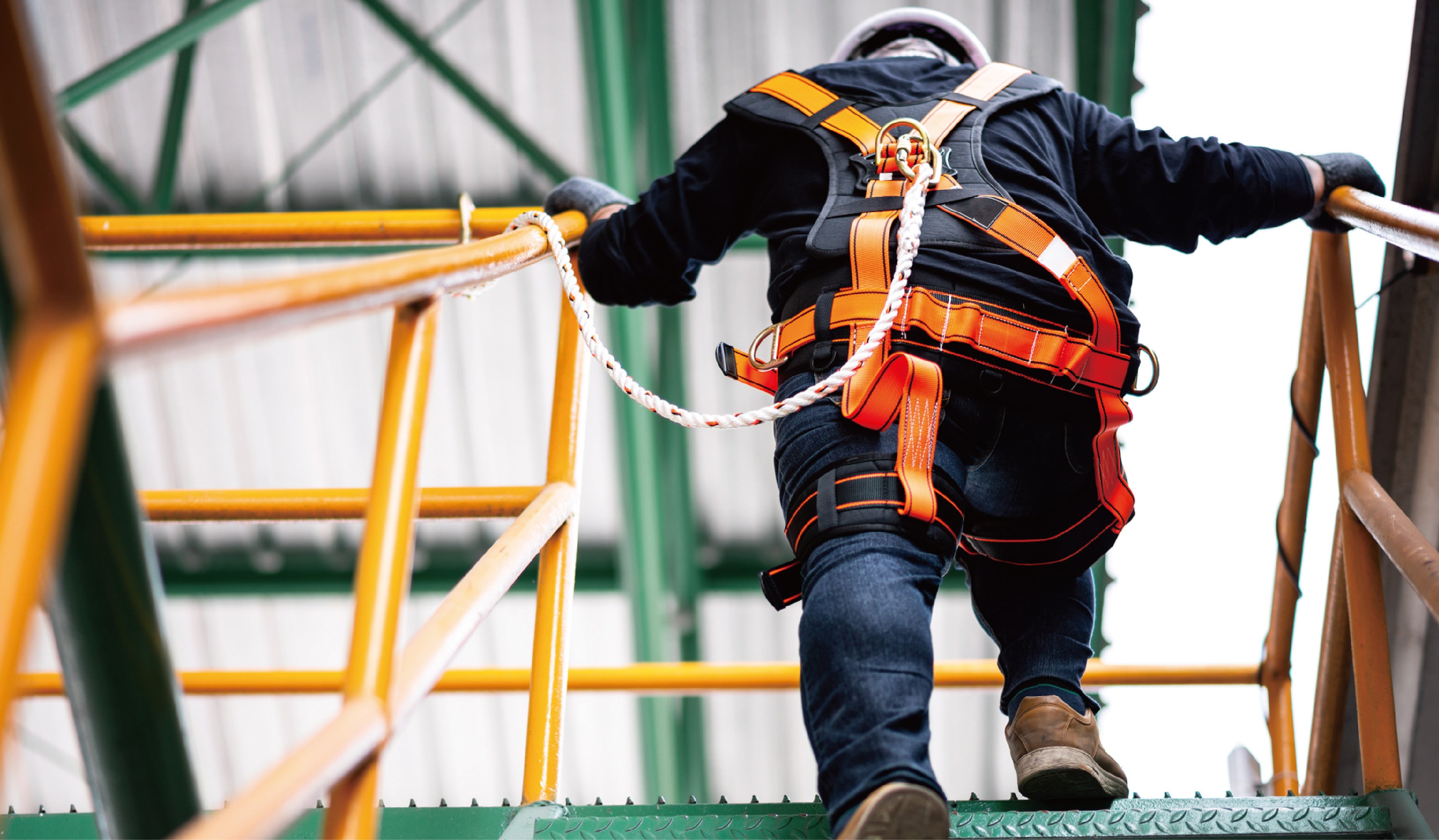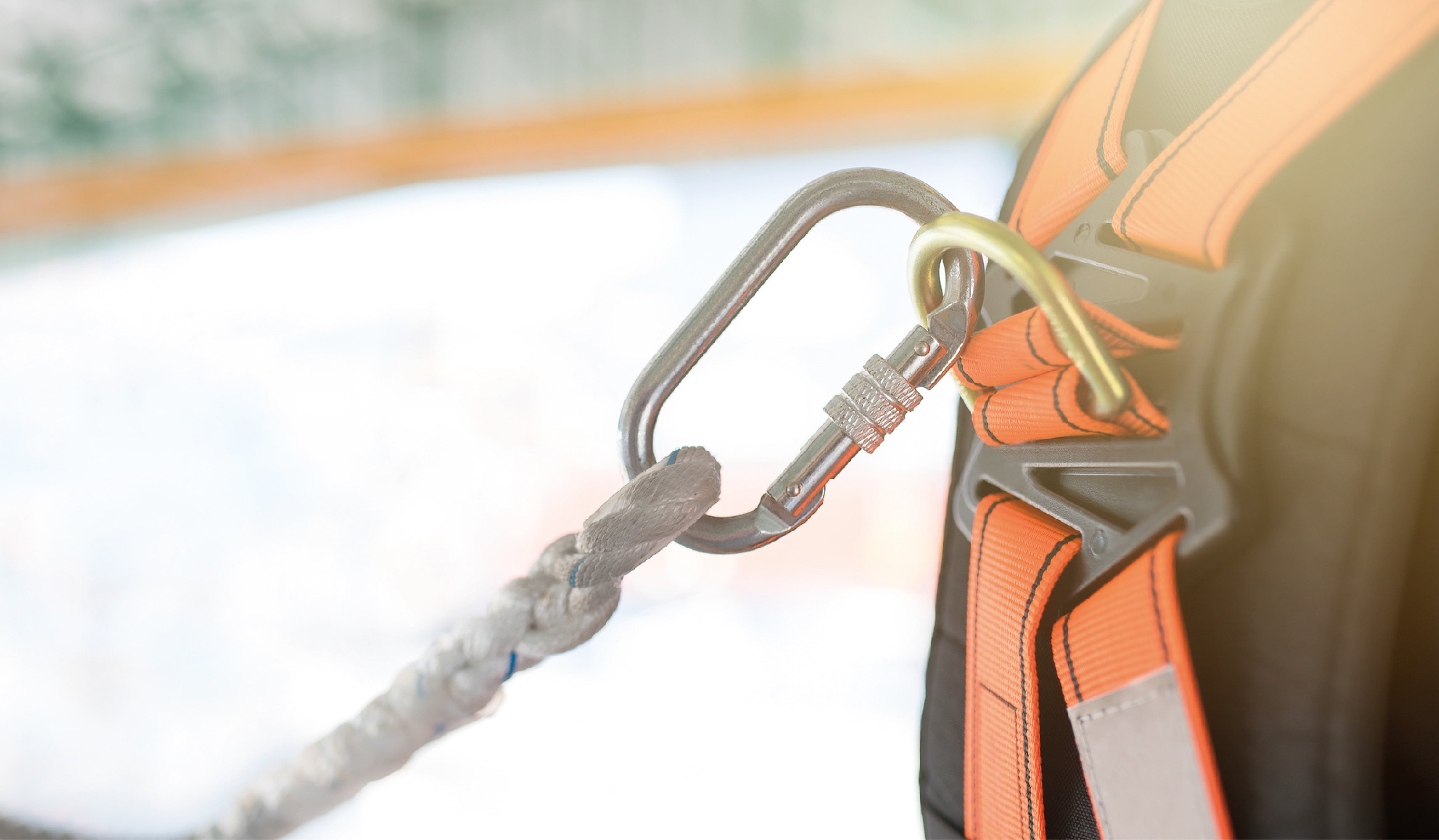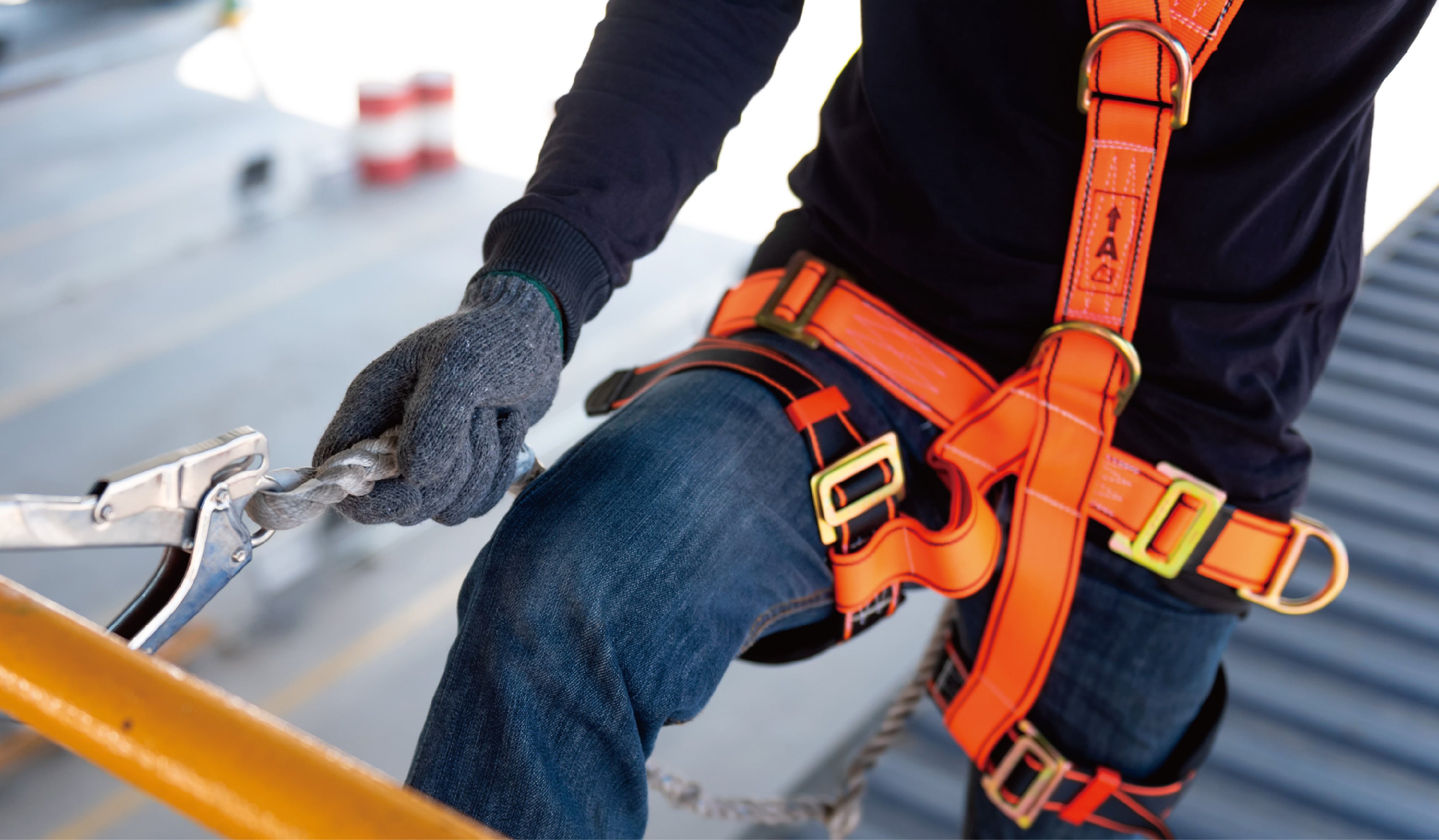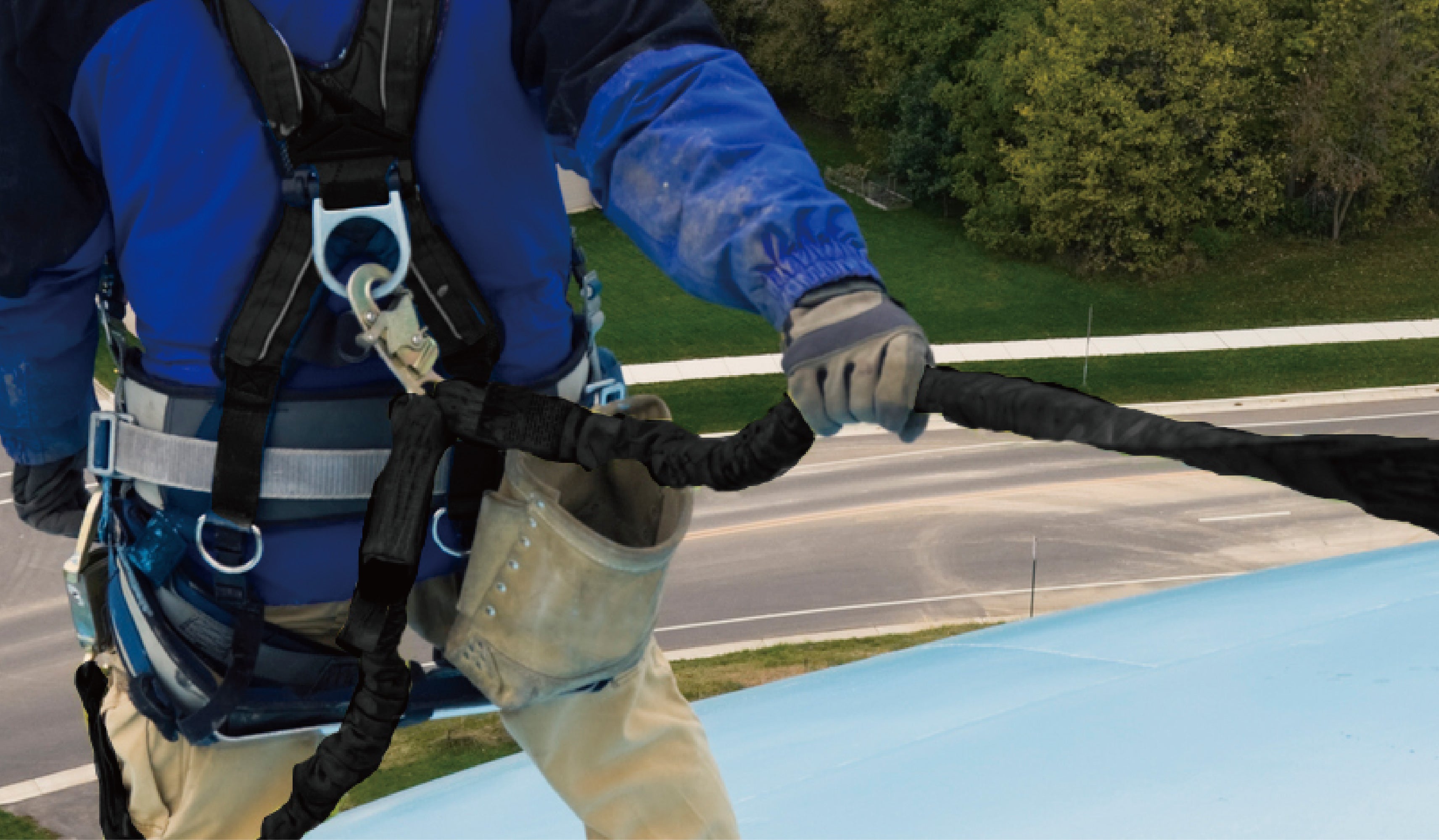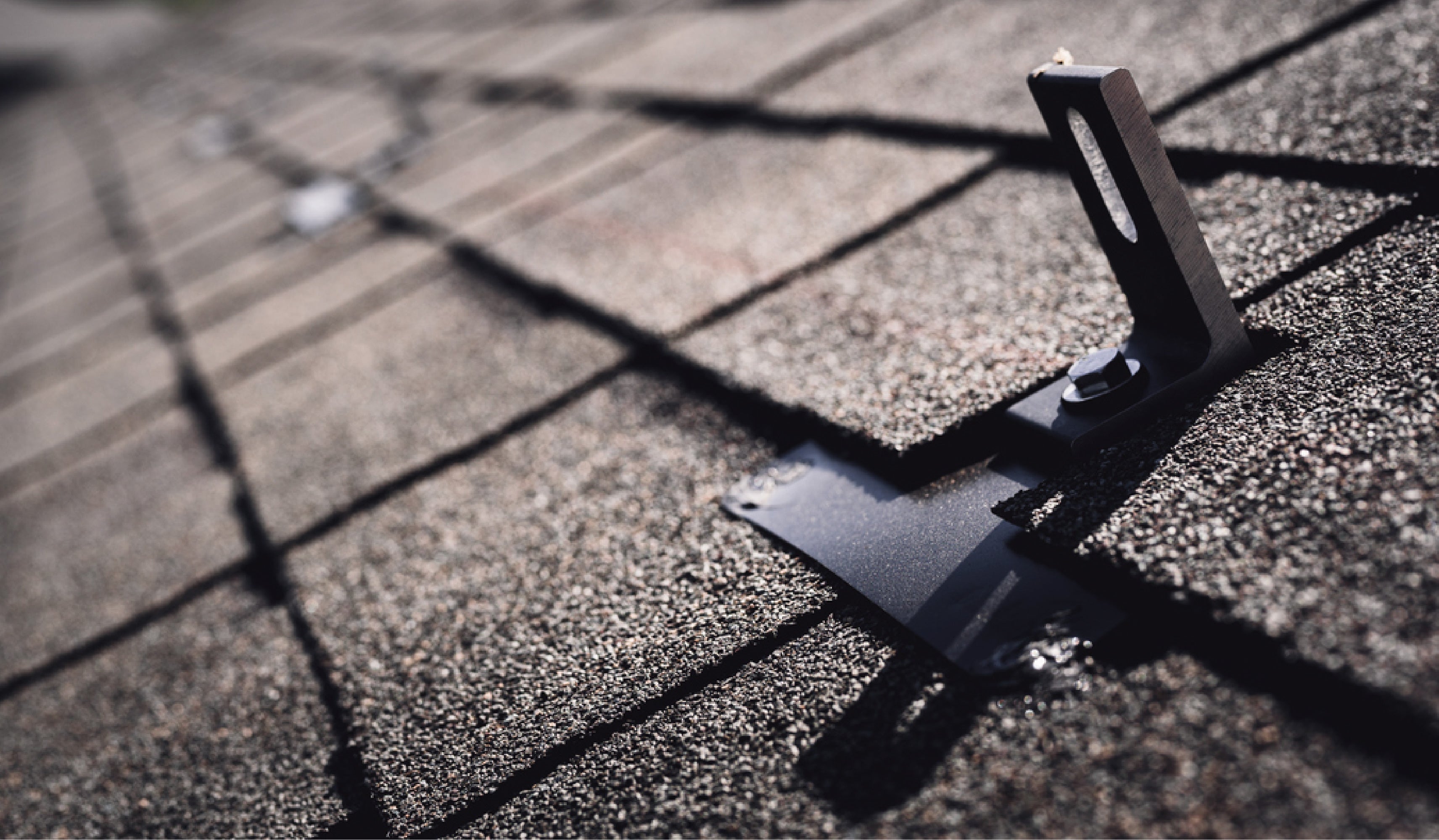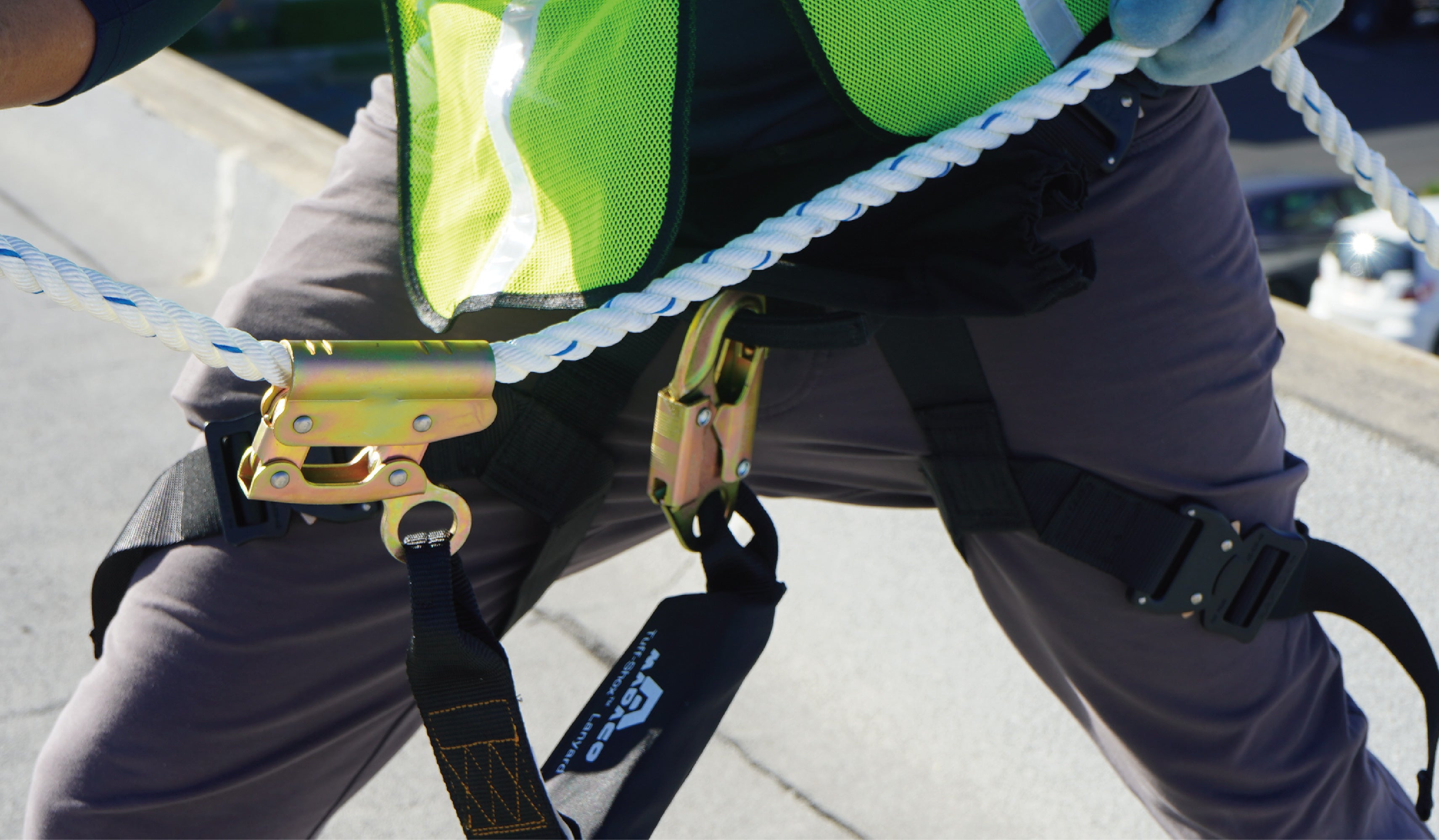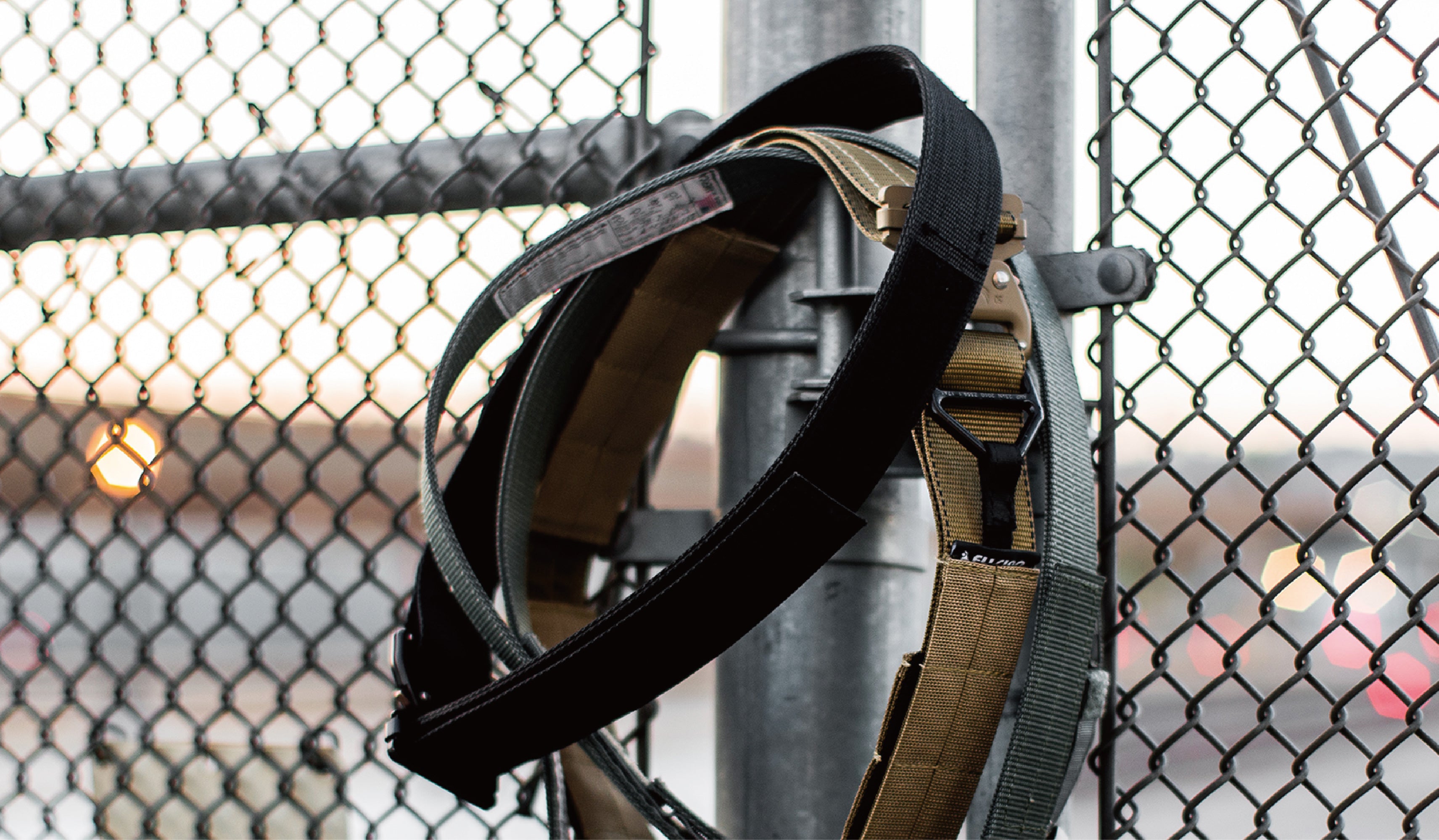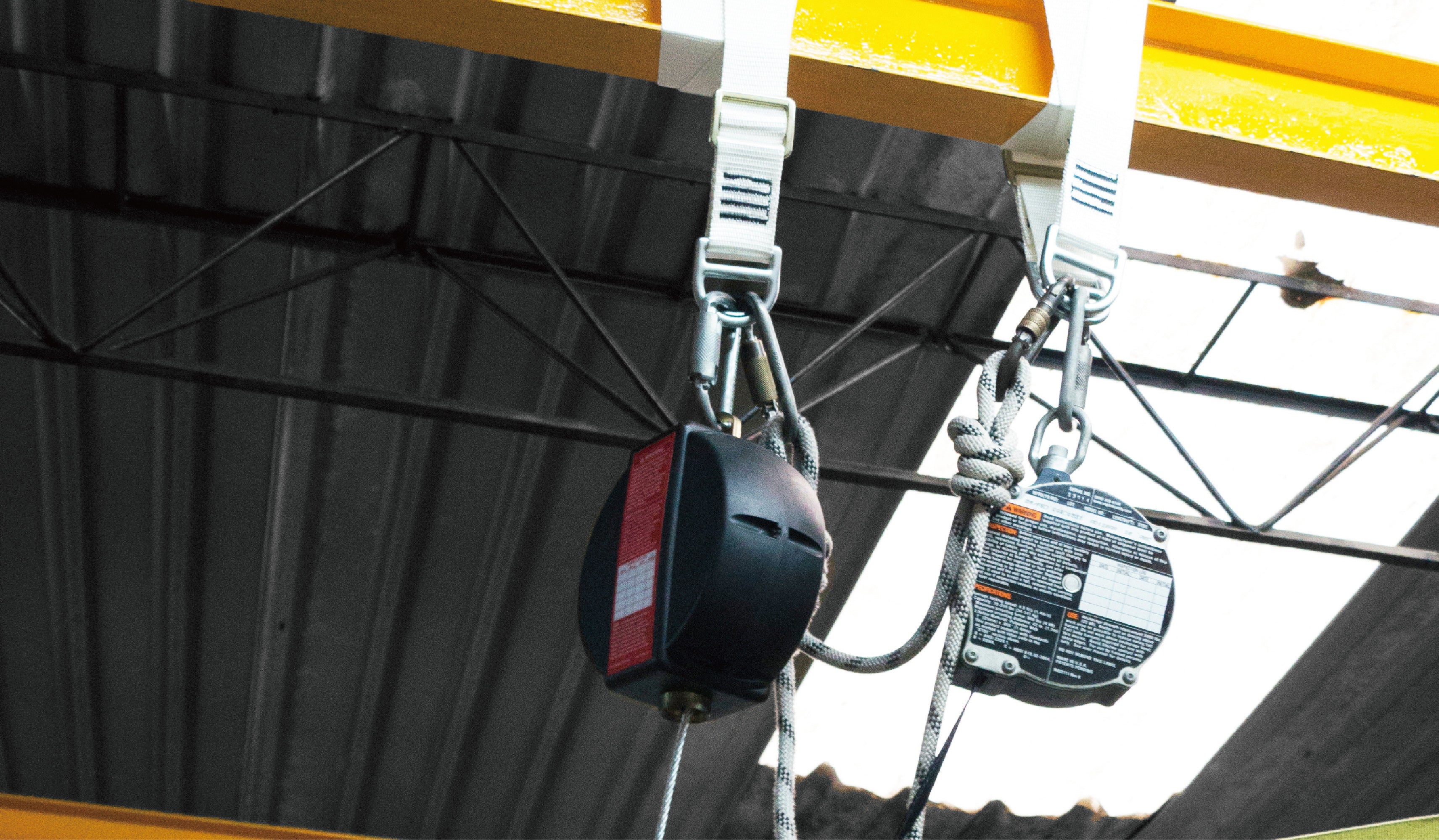Personal Protective Equipment (PPE), alternatively termed "Personal Safety Equipment," encompasses various items such as protective clothing, helmets, and goggles designed to safeguard the well-being of individuals in work settings or public spaces.
In situations involving elevated work, specialized tools classified as fall protection PPE play a crucial role in shielding workers from potential falls. To mitigate the risks associated with falls from heights, a range of products and equipment is at your disposal to ensure comprehensive protection.
When addressing fall protection PPE, it involves the following key components:
- Harnesses: These are essential elements providing support and restraint, vital for maintaining worker safety during tasks performed at elevated levels.
- Lanyards: Serving as crucial connectors, lanyards play a pivotal role in securing the worker to the anchor point, thereby minimizing the risk of falls.
- Temporary Anchor Points: These points act as secure connections, ensuring a stable and reliable attachment for the various components of fall protection PPE, and contributing significantly to the overall safety of workers in elevated environments.
Always Educate Your Employees
Ensuring the safety of every employee is paramount, and comprehensive training on the proper use of safety equipment and the execution of job tasks is imperative. OSHA standard 1926.503 emphasizes the necessity for a training program tailored for employees who may encounter fall hazards. This program should equip each employee with the ability to identify fall hazards and instill knowledge of the procedures essential to mitigate such risks.
Employees lacking proper training pose not only a threat to themselves but also to others within the work environment. It is crucial to conduct training sessions whenever a new employee joins the team, with the commencement of using new equipment, or as a periodic refresher for seasoned workers. Over time, in the absence of incidents, there is a tendency to become complacent or overlook certain safety protocols. Regular refresher training sessions serve as a proactive measure to maintain a strong safety record and reinforce adherence to safety procedures.

Inspect your Equipment Before Use
Before donning a safety harness or connecting a self-retracting lifeline, a worker must conduct a thorough inspection, ensuring that the equipment is in optimal working condition. The regular use of such gear inevitably leads to wear and tear, making it essential to perform these inspections daily and, more critically, before each use.
OSHA guidelines provide clear directives regarding the course of action if equipment has been involved in a fall. In such instances, the item in question "must be removed from service immediately" and should not be employed until a competent person meticulously inspects the system or components. Only when this inspection affirms that the equipment is undamaged and safe for use in personal fall protection can it be reinstated for use by employees. This stringent protocol aims to uphold the highest standards of safety and prevent the usage of compromised equipment, thereby minimizing the risk of potential accidents.
Have your Partner Check
Achieving a proper fit is essential, but ensuring proper wear is equally crucial when it comes to fall protection harnesses. Even with a correct fit, the functionality of the harness may be compromised if any straps are twisted. In the event of a fall, twisted straps may impede the harness's effectiveness.
To mitigate this risk, employees should engage their co-workers for assistance in inspecting the back of the harness. This collaborative effort aims to verify that all straps are not only secure but also positioned in a straight and untwisted manner. Additionally, a double-check of all buckles, clasps, and other connectors is imperative to confirm their proper attachment. This meticulous attention to detail in both fit and wear ensures that the fall protection harness operates optimally, enhancing overall safety during potential fall scenarios.

Ensure you are Using the Right Equipment for the Job
In scenarios where employees on a flat roof don't require access to the edge, opting for a fall restraint system may prove more suitable than a fall arrest system. In certain situations, a combination of active and passive fall protection measures may be necessary for comprehensive safety.
When utilizing fall arrest systems, the selection of the appropriate type and length of the lanyard is paramount. Equally important is configuring a horizontal lifeline system in a manner that aligns with safety requirements. It's essential to note that adhering to OSHA regulations represents the baseline; however, best practices involve going above and beyond these minimum requirements. Providing multiple layers of protection not only enhances safety but also communicates a strong commitment to workplace well-being.
Taking these additional steps not only fosters a safer work environment but also strengthens the trust between employees and management. It instills confidence in workers to report safety hazards, contributing to a culture of transparency and diligence in maintaining a secure workplace.

Ensure Everyone in your team is Using Safety Equipment
Under no circumstances should any individual be permitted to engage in work activities without the essential safety equipment. This stringent rule applies across all work environments and is absolute in its implementation. The purpose is clear: to safeguard the well-being of each team member comprehensively.
This unwavering commitment to ensuring the use of safety equipment communicates a strong message about the priority placed on the health and safety of everyone involved. It goes beyond mere compliance, reflecting a deeply ingrained ethos of responsibility and care for each individual within the workplace. By upholding this standard consistently, you not only adhere to regulatory requirements but also foster a culture where safety is not just a requirement but an integral part of how work is approached and executed.
OSHA Compliant Equipment
Equipment that adheres to Occupational Safety and Health Administration (OSHA) standards is paramount for maintaining a safe work environment. OSHA-compliant equipment is designed and manufactured to meet the specific regulations and guidelines set forth by OSHA, ensuring that it effectively contributes to the health and safety of workers.
Whether it's personal protective equipment, fall protection gear, or any other safety-related tools, OSHA compliance signifies that the equipment meets rigorous safety standards. This includes factors such as durability, functionality, and design specifications. Utilizing OSHA-compliant equipment demonstrates a commitment to creating a workplace that prioritizes the well-being of employees and is in full compliance with regulatory requirements.
When selecting and using safety equipment, always verify that it meets or exceeds OSHA standards to provide the highest level of protection and minimize risks in the work environment.

When is it Safe NOT to use Personal Protective Equipment?
The necessity for Personal Protective Equipment (PPE) hinges on the specific circumstances, particularly when considering the presence of guardrails along roof edges. In instances where guardrails are strategically positioned, covering the entirety of the roof, a designated safe zone is established. Guardrails, by nature, provide a comprehensive 100% fall prevention solution, and their installation alleviates the need for users to possess specific knowledge about fall protection measures.
When a roof is effectively covered by guardrails, the inherent safety they offer eliminates the requirement for additional Fall Protection PPE. This is a significant advantage, as the reliance on guardrails alone creates a seamless and user-friendly safety solution. Workers operating within the demarcated safe zone on the roof can confidently carry out their tasks without the necessity of donning specific fall protection gear. This not only streamlines operational processes but also enhances overall safety by eliminating potential user errors related to the application of PPE in these specific scenarios.




